
In the United States, the federal government uses a strict set of guidelines to approve and/or permit infrastructure projects. In August of 2017, President Trump submitted an executive order titled, “Establishing Discipline and Accountability in the Environment Review and Permitting Process for Infrastructure”. The purpose of this document was to allow for greater infrastructure investments, create jobs, increase wages, and ultimately to strengthen the national economy. The order aimed to accomplish these goals by reducing necessary paperwork, eliminate redundancies in the infrastructure construction approval process, and to “focus on issues that truly matter rather than amassing unnecessary detail”.
In October of 2019, the Trump administration has proposed further changes to our nation’s regulation on infrastructure construction projects. In particular, the White House is now focusing on speeding up the process of approvals for environmental permits. These proposed changes may have far reaching impacts on the construction industry in the coming years. Here is what you need to know.

The Changes are Aimed at Alternating NEPA (National Environmental Policy Act)
The National Environmental Policy Act (NEPA) is one of the earliest pieces of legislation in the US which was intended to protect our natural environment. Passed in 1969, NEPA had a simple goal: ensure that all government projects go through an environmental evaluation before enacting a change. NEPA remains the primary legislation which protects our environment from dangers including improper construction, the dumping of hazardous waste, and everything in between.
NEPA has a strict set of requirements when it comes to construction projects. These requirements have been amended over the years to reflect our increased understanding of how construction (and human activity as a whole) impacts our environment. The bulk of these checks and balances are carried out by the Environmental Protection Agency (EPA).
The new changes proposed by the White House aim to roll back and/or lessen some of the regulations within the NEPA. The stated purpose of these changes is to increase productivity, reduce time wasting, and to strengthen our nation’s infrastructure and economy. Critics argue that these changes undo years of environmental work and could be dangerous in the long run.
Potential Benefits of NEPA Reform

As with most political issues, there are champions and critics coming from both sides. Here are some of the reasons why the construction industry might benefit from President Trump’s NEPA reform proposal:
The National Environmental Policy Act is out of date. One of the primary arguments for NEPA reform is simply its age. Turning 50 this year, NEPA certainly has some language and terms which could benefit from a facelift. Industry experts believe that it is too easy to either skirt NEPA regulations or, in some cases, that NEPA regulations offer no concrete advantage to infrastructure construction or the environment.
Simplification of NEPA approval would stimulate infrastructure construction. Regardless of whether you believe it is the right decision, it is almost certain that rolling back certain regulations would stimulate infrastructure construction projects. The US infrastructure isn’t just aging, it is quite literally falling apart in some areas. The new proposed reforms would speed up the application and permitting process for new infrastructure projects.
The NEPA process is ineffective. As we mentioned above, a huge amount of projects are able to simply gain a categorical exclusion from NEPA. This means that many, if not most, projects are not forced to submit to environmental assessments, create environmental impact statements, or go through the bulk of the process in the first place.
Environmentalists Warn that NEPA Reform is a Dangerous Move

On the other side of the equation, those with concern about the environmental impact of NEPA reform have decried the changes as dangerous. Here are a few reasons why:
NEPA is intended to protect our environment from careless government action. The stated purpose of the National Environmental Protection Act is to protect our environment from government projects which may do it harm. By extension, NEPA is in place to protect the people and future generations from harm caused by environmental damage. Rolling back regulations is a potential threat to environmental causes.
NEPA reform weakens the Clean Air Act and the Clean Water Act. Two pieces of legislation known as the Clean Air Act of 1963 and the Clean Water Act of 1972 protect American citizens from unhealthy living conditions caused by pollution. White House NEPA reform weakens these regulations by clipping the EPA’s wings when it comes to review other agencies’ environmental impact statements.
Environmentalists warn that NEPA reform sets a dangerous precedent. Last but not least, many environmentalists view NEPA reform as less of a reforma and more of a concerted effort to roll back environmental protections. This has been viewed as some as a slippery slope which could lead to lessened regulation on our drinking water, air, and pollution policies.
Going Forward
There is no question that political issues like government regulation and environmental protection policies can get messy. When it comes to the commercial real estate industry and infrastructure construction industry, the proposed NEPA reforms would likely reduce the time required to get permits and approvals for infrastructure projects. It remains to be seen whether these changes will be passed into law and in what state they will exist when they do become law.
Another huge factor which has not yet been addressed is the including of the renewable energy sector, which is the fastest growing energy sector in the US. With so many balls in the air, we can only wait and see how the story unfolds.


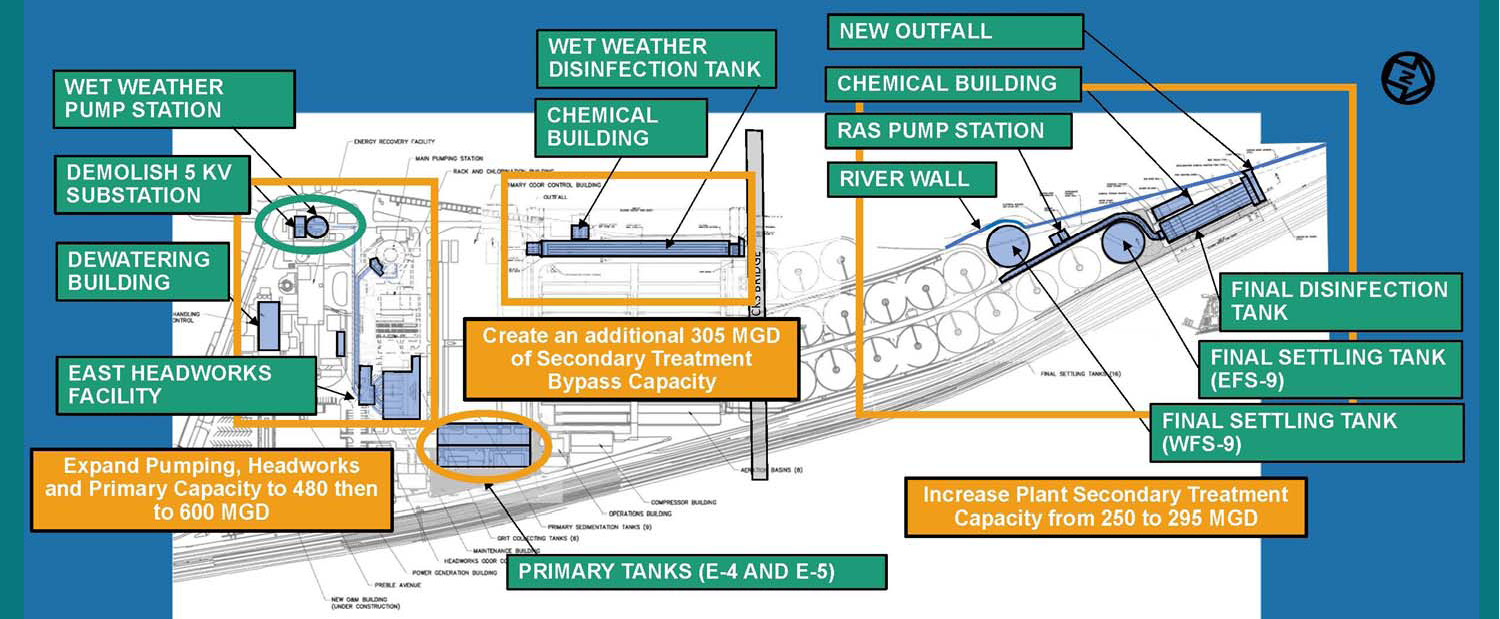
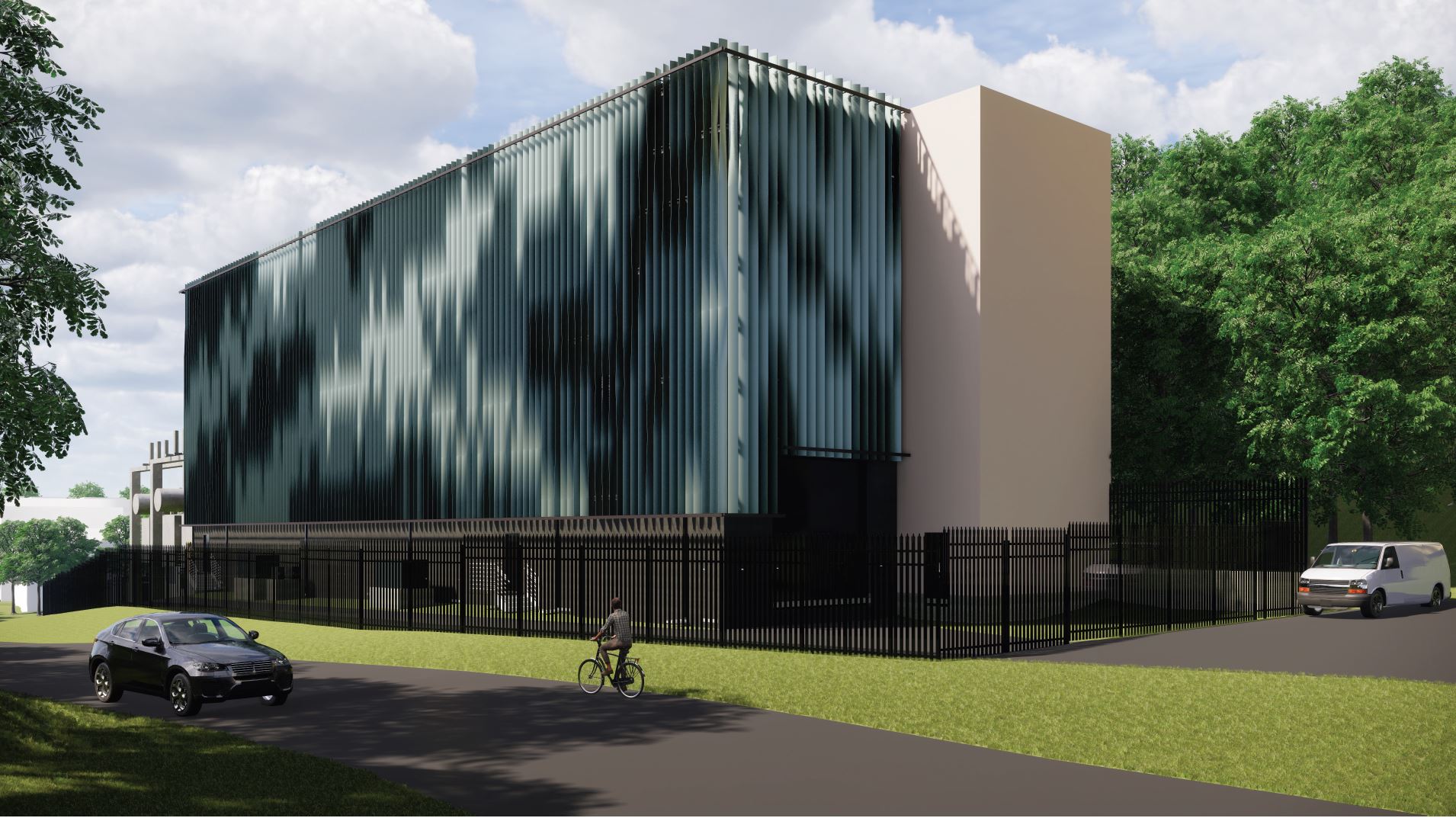

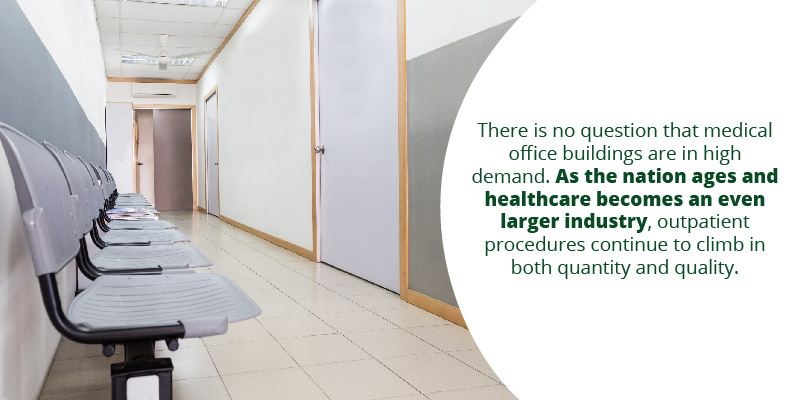

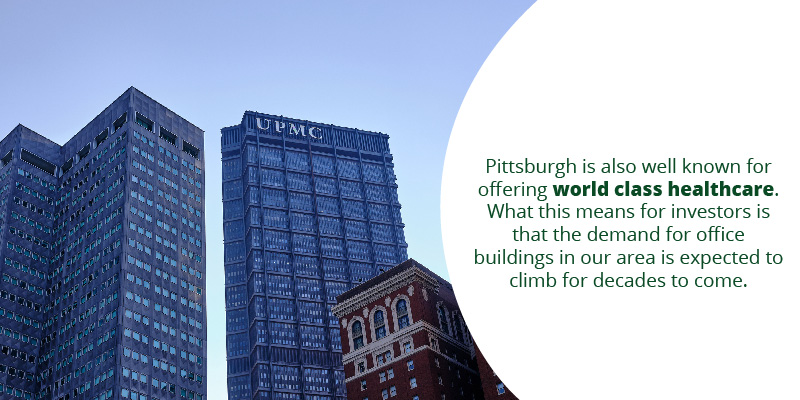



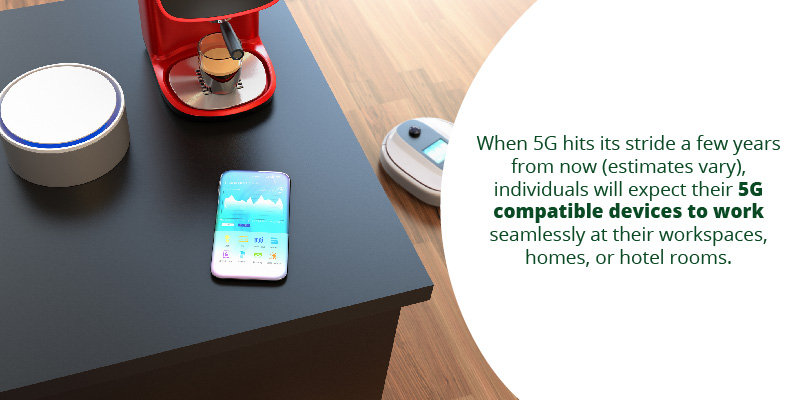













 Community
Community
